-
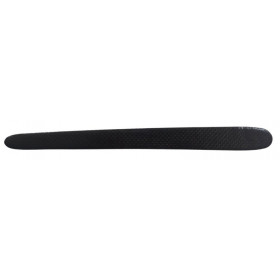 New productFrame protection carbon
New productFrame protection carbon- €1.55
-
 New productBike frame protection Lezyne chainstay protector
New productBike frame protection Lezyne chainstay protector- €6.99
-
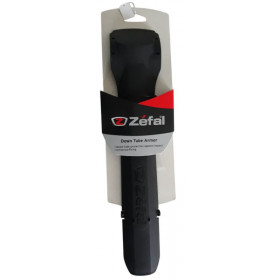 New productZefal mountain bike frame protector
New productZefal mountain bike frame protector- €9.99
-
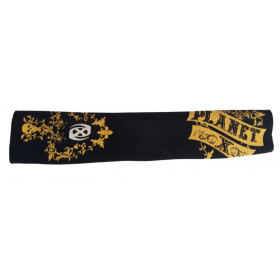 New productPlanet X mountain bike base protection
New productPlanet X mountain bike base protection- €4.49
-
 UsedLapierre frame protector
UsedLapierre frame protector- €6.99
-
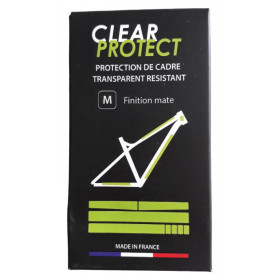 New product -25%Road MTB frame protection
New product -25%Road MTB frame protection- €19.49
- €25.99
-
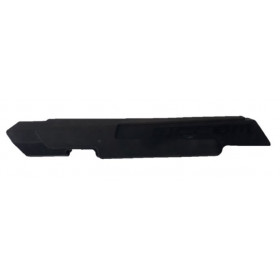 UsedOrbea Occam 29 chain protector
UsedOrbea Occam 29 chain protector- €8.99
-
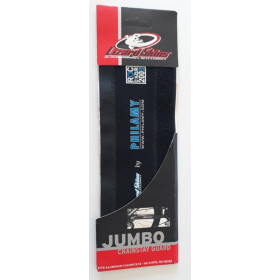 New product -50%Lizard skins Jumbo chainstay guard
New product -50%Lizard skins Jumbo chainstay guard- €5.00
- €9.99
-
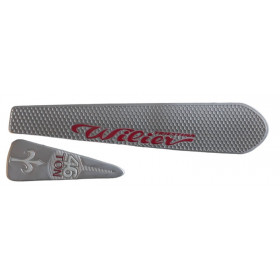 More detailsNew product Out-of-StockWilier frame protectors
More detailsNew product Out-of-StockWilier frame protectors- €4.99
Showing 1-9 of 9 item(s)
The MTB enduro frame is an essential component of the MTB enduro frameset that directly influences the performance, comfort and handling of the bike. Here are the main features and functions of an enduro mountain bike frame:
Main duties :
1. Management of Suspensions:
MTB enduro frames are designed to accommodate front and rear suspension. Most enduro mountain bikes are full-suspension mountain bikes, with rear suspension (shock) and a front fork to absorb shock over varied terrain.
2. Enduro specific geometry:
MTB enduro frames have a geometry specially adapted to the discipline. They often have a relatively slack (low) steering angle for better stability on descents, but also a comfortable seating position for ascents.
3. Terrain versatility:
Enduro frames are designed to be versatile, capable of performing on both technical climbs and fast descents. Suspension geometry and settings aim to strike a balance between uphill efficiency and downhill stability.
4. Rigidity and Robustness:
Enduro frames are often built to be stiff and sturdy, as riders may encounter difficult terrain and big jumps. Robustness is crucial to withstand the significant stresses generated by technical descents.
Specific Characteristics:
1. Travel:
Frame travel refers to the distance the front and rear suspensions can travel. Enduro mountain bikes generally have more travel than cross-country mountain bikes, providing better shock absorption.
2. Head Angle:
A slack (low) steering angle improves downhill stability by widening the base of the mountain bike. This helps the bike negotiate technical terrain better.
3. Seat Tube Angle:
A straighter seat tube angle makes technical climbs easier by transferring weight forward, improving front wheel grip.
4. Upper Tube Length:
The length of the top tube influences the rider's position on the bike. A longer top tube can provide a more stretched position for riders who prefer a more aggressive posture when descending.
5. Compatibility with Wheels:
Most enduro frames are designed to accommodate 27.5" or 29" wheels, providing a good compromise between handling and stability.
6. Derailleur Mounts:
MTB enduro frames are typically equipped with derailleur mounts, allowing riders to adopt single-platform or multi-chainring drivetrains, depending on their preferences.
7. Telescopic Seat Post Mounts:
MTb enduro frames are often compatible with the use of dropper posts, allowing riders to adjust the height of their saddle while descending.
8. Fixings for Protections:
Some frames are equipped with mounts for additional protection, such as a frame guard to protect against rock impacts.
When choosing a MTB enduro frame, it's essential to consider your riding style, the type of terrain you plan to ride, and your personal geometry preferences. Different manufacturers offer a variety of frames with specific features to meet the varied needs of enduro riders.
